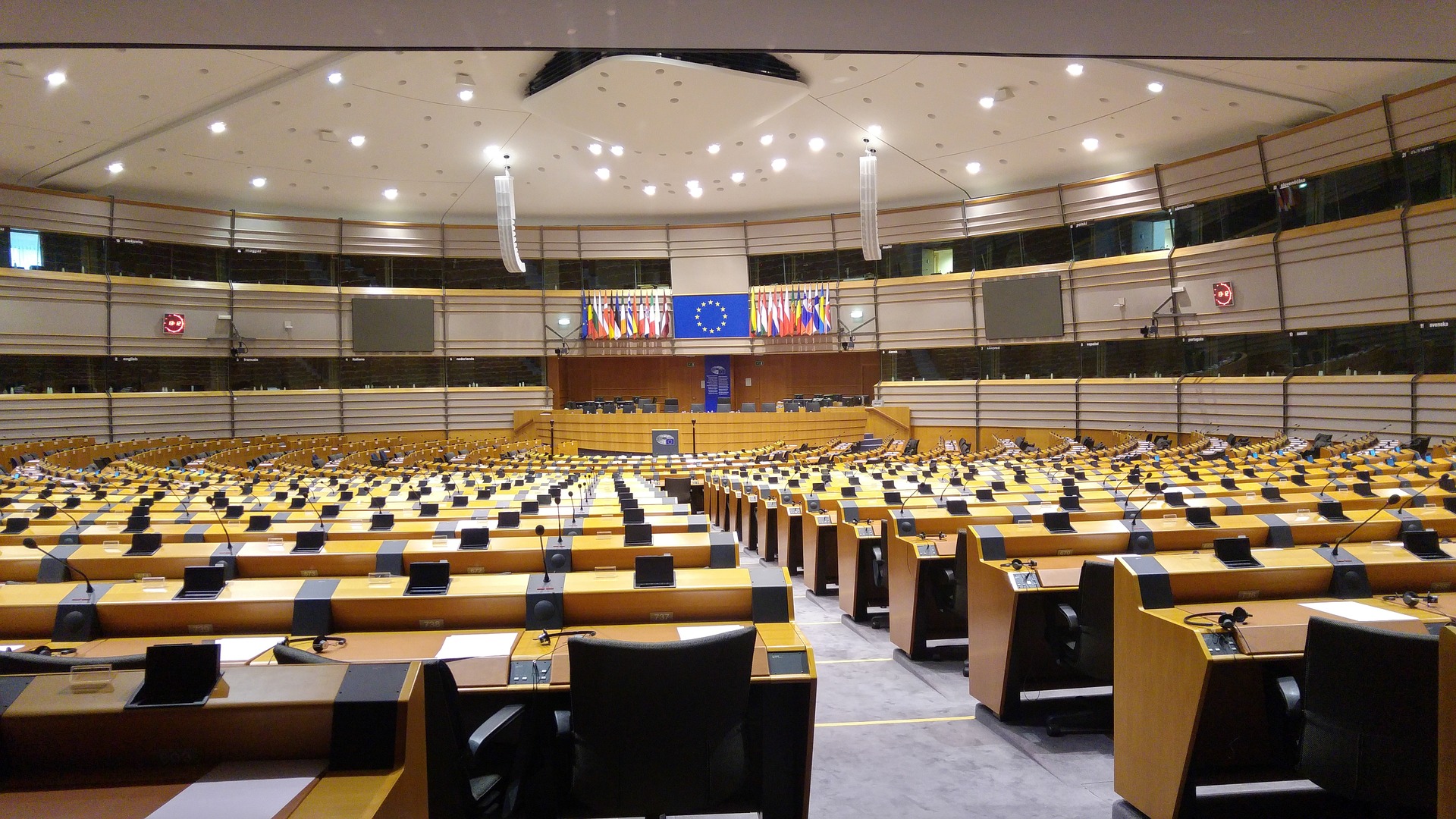As the 2019 elections get closer, the future allocation of 73 UK seats in the European Parliament remains an unsolved conundrum. The long-debated proposal of substituting them with a pan-European list of candidates from European Political parties is welcomed with enthusiasm by the Brussels establishment. However, little attention is often devoted to its indirect consequences if not well thought through: more power to bigger Member States, whose candidates would emerge as privileged, and institutional deadlock, as a unanimity of Member States is required to agree according to the rules on Treaty Change.
With 73 parliamentary seats, the British delegation is the third largest in the current parliamentary setup together with the Italian one. This explains why the future of its seats in the European Parliament is of fundamental importance to political equilibria between parties and national delegations.
Various solutions have been put forward and discussed on how to best make use of the British seats when the 2019 elections are held. The simplest and the least costly solution would be cutting 73 seats completely, reducing the Parliament’s size to 674 Members.
As an alternative solution, the Italian government has recently suggested the setting up of a transnational list of candidates, not linked to any national constituency and submitted to the vote of all EU citizens. Alongside federalist movements, the case for the second proposal was strengthened by the high-level endorsements it has received so far, both at the European and national levels. Among them is the one by the newly elected French President Emmanuel Macron and that of key Members of the European Parliament such as ALDE Chair Guy Verhofstad and S&D President Gianni Pittella.
The option of a transnational list stands out as potentially positive, as Pittella puts it, “for the creation of a European public sphere”, capable of originating a transnational debate, with European parties as its protagonists. However, it is tempting to label it as “wishful thinking” once we look at the practical mechanisms through which this system would function.
Firstly, if we envisage a system of preferences where voters are free to express their choice for both a party and a candidate, the numbers tell us that bigger Member States would be highly advantaged. Faced with a list of candidates from all Member States, European citizens, who are on average not too well-informed about EU politicians, would be likely to select their candidate based on national affinities. This means that candidates from bigger Member States would easily win over candidates from smaller Members, who count on a less numerous population of voters. Research on the establishment of pan-European lists confirms this tendency. As shown by a group of LSE researchers, voters “were 48 per cent more likely to vote for a list when there was at least one candidate of their country”.
These findings question the very essence of setting up pan-European lists for the next European elections. What guarantees, in fact, that national media will open up to European debates once transnational lists are set up? And what will make sure that voters will identify more with candidates they have never heard about, once these are listed in a second ballot? To reach these goals, additional measures, aiming at fostering the well-known “European public debate”, would arguably be necessary.
Secondly, practically speaking, setting up pan-European lists of candidates would require treaty change. And treaty change requires a unanimity of Member States to agree on the proposed changes. Such consensus is difficult to envisage since that of the balance of parliamentary delegations is a controversial and delicate question for Member States. Since bigger Member States would be favored by transnational list as shown above, small Members are arguably less prone to accept a re-balancing of the numbers of MEPs per delegation. Interestingly enough, research has in fact shown, that it was precisely parliamentarians from smaller Member States who declared they would not support a previous proposal to set up transnational lists of candidates. Therefore, the option of a successful treaty change appears rather unrealistic.
The future of British seats in the European Parliament is one of the many issues that EU Member States will have to agree upon concerning the departure of the United Kingdom from EU membership. Whereas the European Parliament has already undertaken significant steps by voting for a motion of resolution in April 2017, some doubt that a compromise will be found in time for the 2019 elections. What can already be said is that the question of how to deal with seats left over after the Brexit tornado deserves more than electoral slogans. If such a system was to be implemented, it would require to be set up in a way that could satisfy all Member States and substantially stimulate citizens’ engagement while respecting the principle of digressive proportionality between national delegations. This said, one is left to think whether the hassle of treaty change procedures should not be used for improvements which are more commonly seen as beneficial to the troubled relationship that the Union has with its citizens.














Leave a Comment
Your email address will not be published. Required fields are marked with *